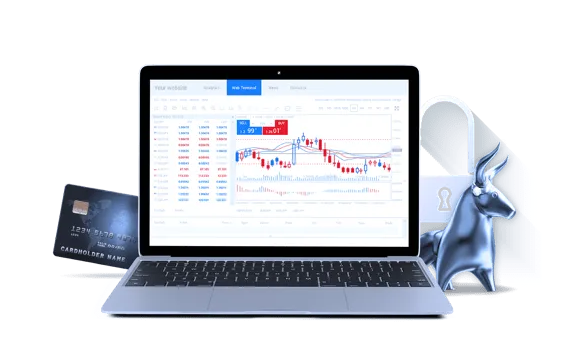When it comes to trading in the financial markets, there are various avenues one can go down. However, before diving in, it’s always important to consider various factors, including the potential profits. One lucrative area that has become increasingly popular with traders is Contract for Difference (CFD) trading. In this blog post, we’ll explore the world of Cfd trading and highlight why it has emerged as an attractive option for traders looking to maximize their profit potential.
Firstly, let’s begin by defining what CFDs are. CFDs are a form of derivative trading, which means traders do not buy or sell an underlying asset but instead trade based on the asset price fluctuations. CFDs are commonly offered on a broad range of assets such as stocks, indices, commodities, and currencies. As a result, CFD traders can access a wide range of markets compared to other forms of trading. What makes Cfd trading appealing is that you only need to deposit a small percentage of your total position (usually around 5-20% of the entire trade value). This leverage, also known as margin trading, allows traders to gain exposure to a much larger position than their initial investment. While leverage can increase profits, traders should be aware of the risks involved, as losses can be magnified.
Another reason why cfd trading is increasing in popularity is the flexibility it offers. CFDs enable you to participate in the markets on a long or short basis, meaning you can profit from both upward and downward price movements. This feature is significant as it allows traders to benefit from a range of market conditions and adjust their strategies accordingly. Additionally, CFDs do not have any expiry date, unlike options or futures, which means traders can hold positions for an extended period.
Furthermore, many CFD brokers offer a range of tools to help traders increase their chances of making a profitable trade. For example, CFD platforms may offer technical analysis tools, price alerts, and charting capabilities to conduct market analysis. Traders can also use stop loss and profit-taking orders which, once executed, automatically close the position at a predetermined price level. The ability to automate trades via these order types is essential to lock-in profits or minimize losses should the market turn.
Lastly, the CFD market is also attractive for its cost-effectiveness. Compared to traditional methods, such as buying stocks, the spread (the difference between the bid and ask price) is often lower, meaning traders pay less to enter and exit a position. Moreover, there are no commissions in most cases, and traders can access various markets, making Cfd trading a reasonably cost-effective option.
short:
In short, Cfd trading offers traders a diverse range of opportunities to generate profits. Leveraging allows traders to amplify profits, flexibility enables traders to switch between long and short trades, and the absence of expiration dates gives traders the time to adjust their positions. Finally, the cost-effectiveness of Cfd trading is another advantage that shouldn’t be overlooked. However, traders need to be aware of the risks involved, as leverages can magnify both profits and losses. Overall, Cfd trading is an excellent option for traders looking to maximize their profit potential in the financial markets.



